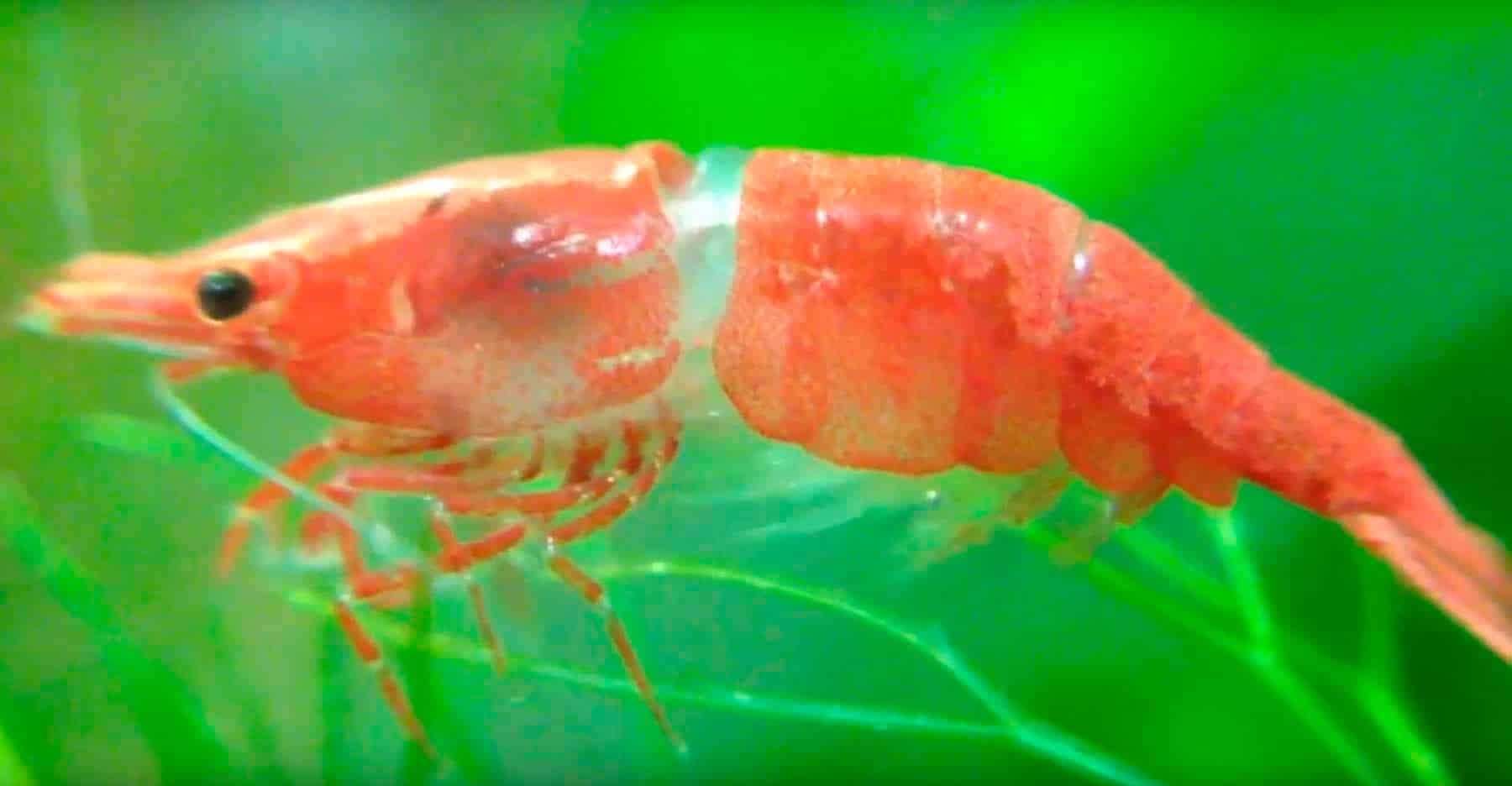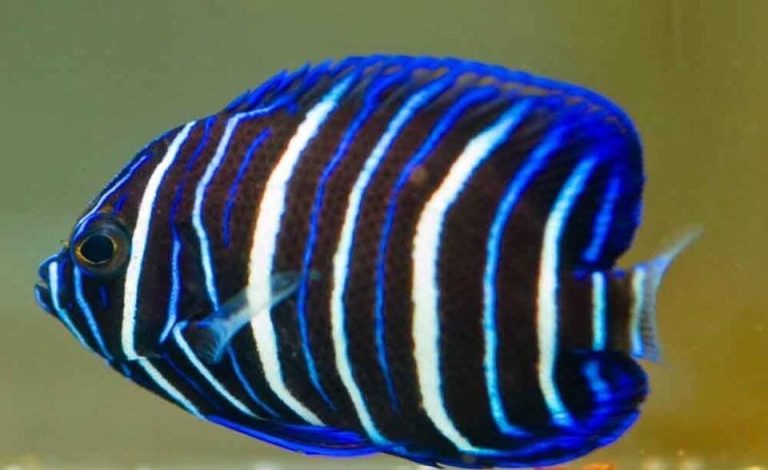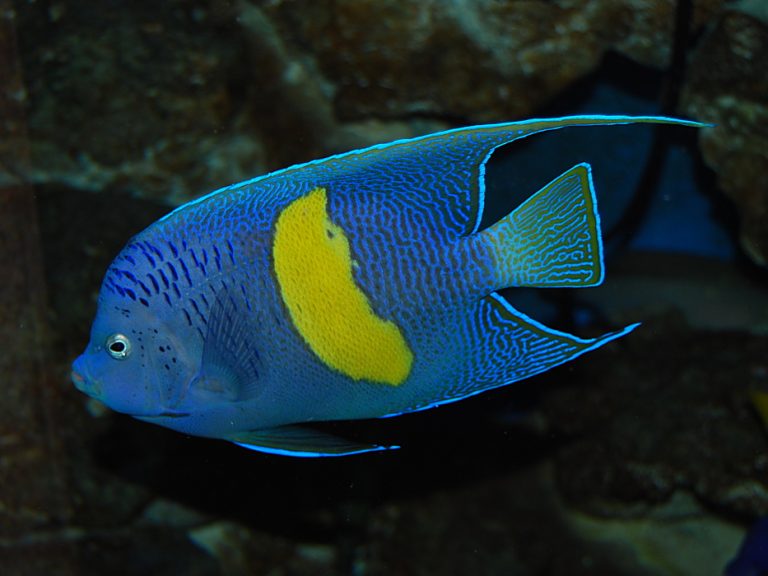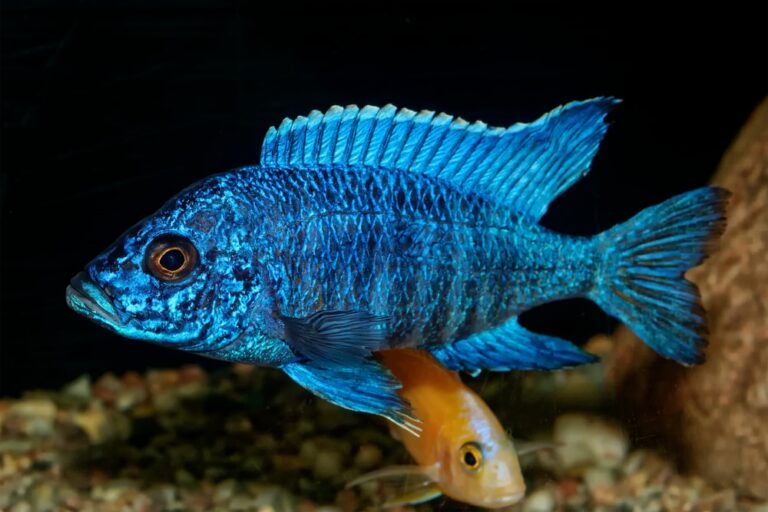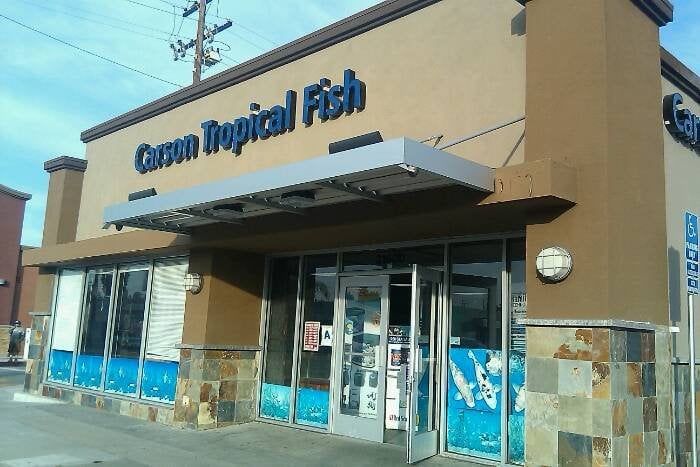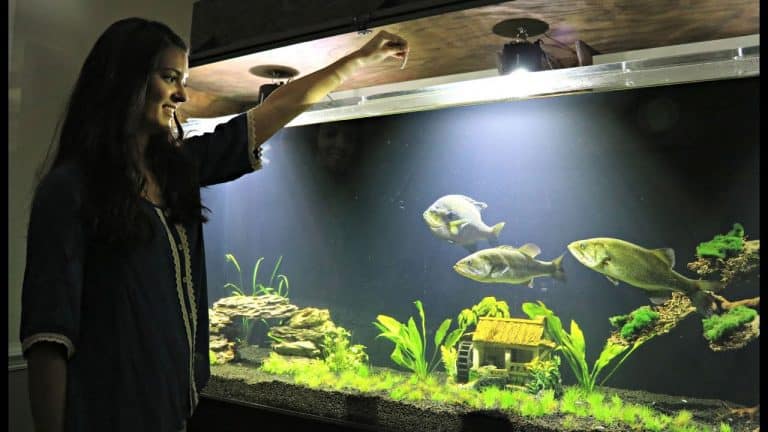Shocking Truth: Do Shrimp Die After Giving Birth?
Yes, female shrimp may die after giving birth due to exhaustion and stress. When a female shrimp is carrying eggs, she may become stressed and stop eating, which weakens her immune system and makes her more susceptible to disease.
Once the eggs hatch, the female shrimp expels them from her body, which requires a tremendous amount of energy. Consequently, the female shrimp may die due to the exhaustion caused by this process. Shrimp are fascinating crustaceans that are sought after for their succulent meat and unique flavor.
These aquatic creatures go through a lot during their lifespan, especially the females, who carry eggs for several weeks before giving birth. Once the eggs hatch, the female shrimp release them from their bodies in a process called spawning. However, this process can be taxing on the female shrimp and may lead to their untimely death due to exhaustion and stress. In this article, we’ll explore the reasons why shrimp die after giving birth and what you can do to prevent it.

Credit: www.nytimes.com
The Science Of Shrimp Giving Birth
Shrimp are fascinating creatures with a unique reproductive process that sets them apart from other species. In this section, we will explore the key points of how shrimp reproduce, their gestation period, and the process of giving birth for shrimp.
How Do Shrimp Reproduce?
Shrimp reproduction has three stages: mating, fertilization, and egg production. Here’s a brief rundown of each stage:
- Mating: Shrimp become sexually mature between 6-18 months old. Male and female shrimp will then mate by coming together, with the male depositing sperm packets (called spermatophores) onto the female’s body.
- Fertilization: After mating, the female shrimp’s body will begin to harden over the deposited sperm packets. The female will then retain the sperm in her body until she’s ready to fertilize her eggs.
- Egg production: Once fertilization occurs, the female shrimp will begin producing eggs. The eggs will develop inside the female’s body and be attached to her swimmerets until it’s time for her to give birth.
The Gestation Period Of Shrimp
Shrimp eggs take around 21-28 days to hatch into larvae. During this time, the female shrimp will carry the eggs attached to her swimmerets until the eggs are ready to hatch. The gestation period for shrimp can vary depending on the species and environmental factors such as temperature and food availability.
The Process Of Giving Birth For Shrimp
When it’s time for the female shrimp to give birth, she will typically find a safe and secluded area to lay her eggs. Female shrimp will push their eggs out from their bodies by using a series of abdominal muscle contractions.
Once the eggs are expelled, the female shrimp will swim away, leaving her offspring to develop on their own.
Shrimp have a unique reproductive process that involves mating, fertilization, and egg production. The gestation period for shrimp can vary depending on several factors, and when it’s time to give birth, female shrimp will lay their eggs and let their offspring develop independently.
Myth Or Fact: Do Shrimp Die After Giving Birth?
Examining The Popular Belief
For many years, people have believed that shrimp die after giving birth. This common notion has spread rapidly, but what is the truth behind this claim? Let’s investigate further.
- The idea of shrimp dying after giving birth is a myth.
- This myth likely began because female shrimp tend to die shortly after laying eggs, not because they give birth.
- Unfortunately, false information has a tendency to spread quickly, especially within the age of the internet.
The Truth About Shrimp Mortality After Giving Birth
It is important to know the truth behind the myth of shrimp dying after giving birth.
- Shrimp do not give birth, but instead lay eggs.
- Female shrimp that die after laying eggs often experience exhaustion from the energy required to produce eggs.
- While it is true that female shrimp may not survive the egg-laying process, this has nothing to do with giving birth.
Scientific Studies On This Issue
To confirm our findings, we should look at scientific studies.
- A study published in the journal of experimental marine biology and ecology found that female shrimp may not die after egg-laying.
- The study examined the mortality rate of shrimp in the weeks following egg-laying, and the results suggest that this myth is not based on solid scientific evidence.
The myth of shrimp dying after giving birth is not based on any factual evidence. Rather, it is likely a misunderstanding of the shrimp’s reproductive process. It is important to rely on scientific studies when investigating such claims to avoid spreading false information.
Reasons For Shrimp Mortality
Do Shrimp Die After Giving Birth: Reasons For Shrimp Mortality
Shrimps are small sea creatures that are known for their delicious taste and unique features. Many people enjoy consuming shrimps, but the question is, do shrimp die after giving birth? The answer is yes, and there are several reasons why shrimps may die after giving birth.
In this blog post, we will discuss different factors that lead to death after giving birth and the impact of external factors like feeding, water quality, and temperature on shrimp mortality.
Different Factors That Lead To Death After Giving Birth
Shrimps die after giving birth due to several factors that either directly affect the shrimp’s health or indirectly affect their well-being. These factors include:
- Overcrowding: When shrimps are overcrowded, they experience a lot of stress and can quickly become sick. Overcrowding can also lead to an increase in competition for food and space, which can lead to aggression and fighting among the shrimps.
- Poor water quality: Shrimps are very sensitive to changes in their environment, particularly water quality. High levels of ammonia, nitrite, and other toxins in the water can cause stress, disease, and death.
- Inadequate food: Shrimps require a balanced diet to remain healthy and thrive. A lack of food or the wrong type of food can lead to malnourishment, weakened immune systems, and death.
- Diseases: Bacterial infections, fungal infections, and other diseases are common in shrimps. If left untreated, diseases can quickly spread throughout a shrimp population and lead to a high mortality rate.
The Impact Of External Factors Like Feeding, Water Quality, And Temperature
External factors like feeding, water quality, and temperature can significantly impact shrimp mortality rates.
- Feeding: Overfeeding and underfeeding can both lead to health issues and death in shrimps. It is essential to provide the right amount of food, and the right type of food, to maintain a healthy shrimp population.
- Water quality: Maintaining high water quality is one of the essential factors in shrimp farming. Monitoring the ph, ammonia, and nitrite levels in the water is crucial, and any changes in water quality should be addressed immediately.
- Temperature: Shrimps have specific temperature requirements to survive and reproduce. If the water temperature becomes too hot or too cold, shrimps can become stressed and die.
The Relevance Of The Environment To Their Survival
The environment is crucial to a shrimp’s survival, and many factors can directly impact their overall health and well-being.
- Water conditions: As mentioned earlier, water quality is essential for shrimps and plays a critical role in their survival. Maintaining clean water and monitoring water quality is crucial to providing a healthy environment for shrimps.
- Habitat: Shrimps require a specific habitat to thrive. Providing the right substrate, plants, and hiding places can help reduce stress and increase the shrimp’s overall well-being.
- Lighting: Shrimps require a specific amount of light each day, and it is essential to maintain optimal light conditions to promote growth and development.
Shrimp mortality after giving birth is a common phenomenon. Different factors can lead to shrimp mortality, including overcrowding, poor water quality, inadequate feeding, and diseases. The impact of external factors like feeding, water quality, and temperature can directly impact shrimp mortality rates, making it crucial to maintain suitable environmental conditions to ensure their survival.
Impact Of Humans On Shrimp Mortality
Shrimp are a popular seafood item consumed worldwide. Besides being tasty, the seafood is also packed with various nutrients essential for the human body’s growth and maintenance. However, a common question often asked about shrimp is, do shrimp die after giving birth?
While it may seem bizarre, it’s a reasonable question.
The Consequences Of Human Activities On Shrimp Mortality
Several human activities impact shrimp mortality. Here are some key points:
- Contamination of water bodies by chemicals and pollutants from industries around the water bodies.
- Plastics, fishing gears and other human wastes in the oceans, rivers and other water sources can lead to the deaths of shrimp.
- Uncontrolled fishing practices that leave shrimp populations at a risk of reduction due to overfishing.
The Role Of Breeding Practices And Commercial Production On Shrimp Mortality
Breeding practices and commercial production have an impact on shrimp mortality. Here are some crucial points:
- Shrimp farmers use chemicals and antibiotics to ward off diseases and parasitic infections that can cause death.
- Inbreeding can lead to reduced immunity among shrimp, making them vulnerable to infections and death.
- Commercial production produces large quantities of shrimp, making them prone to stress and disease.
Tips For Reducing Shrimp Mortality
Several measures can help reduce shrimp mortality. Here are some crucial points:
- Use genetic diversity during breeding to minimize the risk of inherited diseases and parasitic infections.
- Avoid overfishing by implementing sustainable fishing practices.
- Ensure that shrimp farms are adequately maintained, with good quality water and appropriate feeding schedules.
- Monitor water quality and use only approved chemicals and antibiotics to prevent pollution.
While shrimp do not necessarily die after giving birth, human activities such as pollution, overfishing, uncontrolled breeding, and commercial production contribute to their mortality. To minimize shrimp deaths, it’s essential to implement sustainable fishing practices, quality breeding, and farming practices, and monitor water quality to prevent pollution.
Frequently Asked Questions Of Do Shrimp Die After Giving Birth
Do Shrimp Die After Giving Birth?
Yes, female shrimp can die after giving birth due to the stress of the process.
How Long Do Shrimp Live After Giving Birth?
Shrimp can live for several years after giving birth, but some may die due to stress.
What Happens To Baby Shrimp After Birth?
Baby shrimp, also known as larvae, swim to the surface and molt several times before reaching adulthood.
Why Do Female Shrimp Die After Laying Eggs?
Female shrimp may die after laying eggs due to the stress of the process and nutrient depletion.
Conclusion
Now that we’ve gone over the topic, “do shrimp die after giving birth? ” the answer is yes. Female shrimp carry eggs inside their bodies that hatch into larvae. After the hatching is complete, the female shrimp will go on to die within a few days or weeks.
This is due to the natural process of reproduction that takes a toll on the organ and body system of the shrimps. However, not all types of shrimps have the same lifespan after giving birth. Factors like water quality, stress, and nutrition also affect the longevity of these aquatic creatures.
Proper care, diet, and breeding practices can help ensure that the shrimp have good health and live longer. Knowing the delicate balance of reproduction in shrimp will help aquarists and potential shrimp breeders understand and appreciate these fascinating creatures even more.
